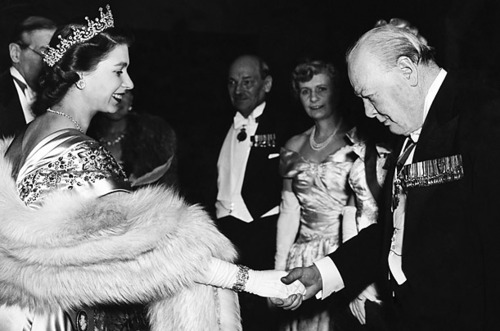An IRA bomb explodes in the Bishopsgate area of London.

The Bishopsgate bombing occurred on 24 April 1993, when the Provisional Irish Republican Army detonated a powerful truck bomb on Bishopsgate, a major thoroughfare in London’s financial district, the City of London. Telephoned warnings were sent about an hour beforehand, but a news photographer was killed in the blast and 44 people were injured, with fatalities only minimised due to it occurring on a Saturday. The blast destroyed the nearby St Ethelburga’s church and wrecked Liverpool Street station and the NatWest Tower. The financial cost was severe, estimated at the time to be over £1 billion of damage, making it the costliest terrorist attack at the time.
As a result of the bombing, which happened just over a year after the bombing of the nearby Baltic Exchange, a “ring of steel” was implemented to protect the City, and many firms introduced disaster recovery plans in case of further attacks or similar disasters. £350 million was spent on repairing damage. In 1994 detectives believed they know the identities of the IRA bombers, but lacked sufficient evidence to arrest them.
In March 1993, an Iveco tipper truck was stolen in Newcastle-under-Lyme, Staffordshire, and repainted from white to dark blue. A 1 tonne ANFO bomb made by the IRA’s South Armagh Brigade had been smuggled into England and was placed in the truck, hidden underneath a layer of tarmac. At about 9 am on 24 April, two volunteers from an IRA active service unit drove the truck containing the bomb onto Bishopsgate. They parked the truck outside 99 Bishopsgate, which was then the Hongkong and Shanghai Bank, located by the junction with Wormwood Street and Camomile Street, and left the area in a car driven by an accomplice. A series of telephone warnings were then sent from a phonebox in Forkhill, County Armagh, Northern Ireland, with the caller using a recognised IRA codeword and stating “a massive bomb… clear a wide area”. The first warnings were sent about one hour before the bomb detonated. Two police officers were already making inquiries into the truck when the warnings were received, and police began evacuating the area.
An Iveco tipper truck, the type used to carry the bomb
The bomb exploded at 10:27 am, causing extensive damage to buildings along a significant stretch of Bishopsgate. The blast raised a mushroom cloud that could be seen across much of London and gouged a 15-foot wide crater in the street. Buildings up to 500 metres away were damaged, with 1,500,000 sq ft of office space being affected and over 500 tonnes of glass broken. The NatWest Tower — at the time the City’s tallest skyscraper – was amongst the structures badly damaged, with many windows on the east side of the tower destroyed; the Daily Mail said “black gaps punched its fifty-two floors like a mouth full of bad teeth”. Damage extended as far north as Liverpool Street station and south beyond Threadneedle Street. St Ethelburga’s church, seven metres away from the bomb, collapsed as a result of the explosion. The cost of repair was estimated at the time at £1 billion. Civilian casualties were low as it was a Saturday morning and the City was typically occupied by only a small number of residents, office workers, security guards, builders, and maintenance staff. Forty-four people were injured by the bomb and News of the World photographer Ed Henty was killed after ignoring police warnings and rushing to the scene. The truck-bomb produced the explosive power of 1,200 kg of TNT.



